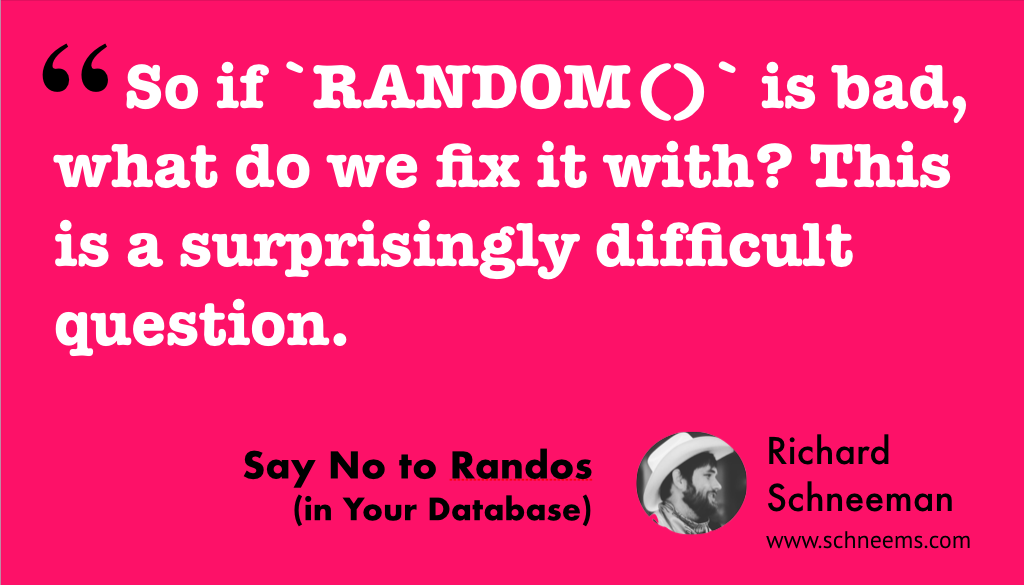19 Jun 2018
All previously released versions of Sprockets, the software that powers the Rails asset pipeline, contain a directory traversal vulnerability. This vulnerability has been assigned CVE-2018-3760.
Keep Reading
11 May 2018
Rails 5.2 was just released last month with a major new feature: Active Storage. Active Storage provides file uploads and attachments for Active Record models with a variety of backing services (like AWS S3). While libraries like Paperclip exist to do similar work, this is the first time that such a feature has been shipped with Rails. At Heroku, we consider cloud storage a best practice, so we’ve ensured that it works on our platform. In this post, we’ll share how we prepared for the release of Rails 5.2, and how you can deploy an app today using the new Active Storage functionality.
Keep Reading
30 Apr 2018
Before you can understand how to build a parser using parslet, you need to understand why you might want to. In my case I have a library called rundoc it allows anyone to write documentation that can be “run”. For example, someone might write docs that had this:
Keep Reading
30 Apr 2018
When it comes to life events, there’s none that require quite as much “gear” as having a new baby. I recently had my second kid and it’s given me some time to think about the products that truly bring me joy versus those that are merely necessary. There’s plenty of baby product recommendation lists out there, this one is mine.
Keep Reading
04 Jan 2018
After this holiday season many of us would like to lose a little weight, page weight that is. In my app CodeTriage I make extensive use of SVG elements for images, the logo, and icons. Until recently, I’ve been rendering the SVG elements directly in the HTML. This was the easiest thing to do. As you might guess by my intro sentence, I’ve been working on decreasing page weight by removing SVG elements from the HTML. How well did it work? Before making changes the homepage was 14kb (77kb unzipped). After the change, the homepage is 6kb (30kb unzipped). That’s a 57% reduction in “over the wire” bytes per page load. What exactly did I do, and what were the trade-offs I made to get to a smaller page? Let’s look at how I was previously using SVG.

Keep Reading
29 Nov 2017
When I used my first ORM, I wondered “why didn’t they include a random() method?” It seemed like such an easy thing to add. While there are many reasons you may want to pull a record out of your database at random, you shouldn’t be using SQL’s ORDER BY RANDOM() unless you’ll only be randomizing a limited number of records. In this post, we’ll examine how such a simple looking SQL operator can cause a lot of performance pain, and a few different techniques we can use to fix it.

Keep Reading
22 Nov 2017
Have you ever felt like a framework was getting in the way instead of helping you go faster? Maybe you’re stuck on some simple task that would be easy to do manually, but your framework is making you jump through configuration hoops. I end up getting lost in a sea of documentation (or no documentation), and the search for that one magical config key takes just a tad bit too long. It’s a productivity sink, and worse than the time delay it adds to my frustration throughout the day. When I hit ETOOMUCHFRUSTRATION, then I’m definitely fighting the framework. One way to alleviate this configuration fatigue is by making configuration consistent and composable. That’s what Sprocket’s new “manifest.js” seeks to do.
Keep Reading
14 Nov 2017
These days web assets such as JS and CSS aren’t simple text files. Instead, they’re typically minified or come from a complex build process involving compiling or transpiling. For example, CSS can be generated from a SASS file. JS can be compiled from ES6 using Babel. These toolchains make working with assets easier for developers, and make following best practices such as minification much easier. Yet, there’s a problem. What do we do when there’s a error? If there’s an exception in your JS and it’s minified, you will have short variable names which are all on one line and it’s impossible to see where the error comes from. Source maps seek to solve this problem.

Keep Reading
08 Nov 2017
Do you have 5 minutes? Do you want to decrease the “over the wire” size of your Rails app by 80%? Sure you do! I added Rack::Deflate to CodeTriage.com, the best way to get started in Open Source, and went from a page size of 85,523 bytes to 15,568 bytes (over the wire). You can verify with this retro looking web based compression tool.
Keep Reading
23 Oct 2017
What exactly is a thread? Many developers have been exposed to threads and processes over their careers without actually knowing how they work. Knowing more about our tools makes us better developers. To answer “WTF is a Thread”, I took an operating systems course at Georgia Tech and then put my own spin on the information:

Keep Reading




